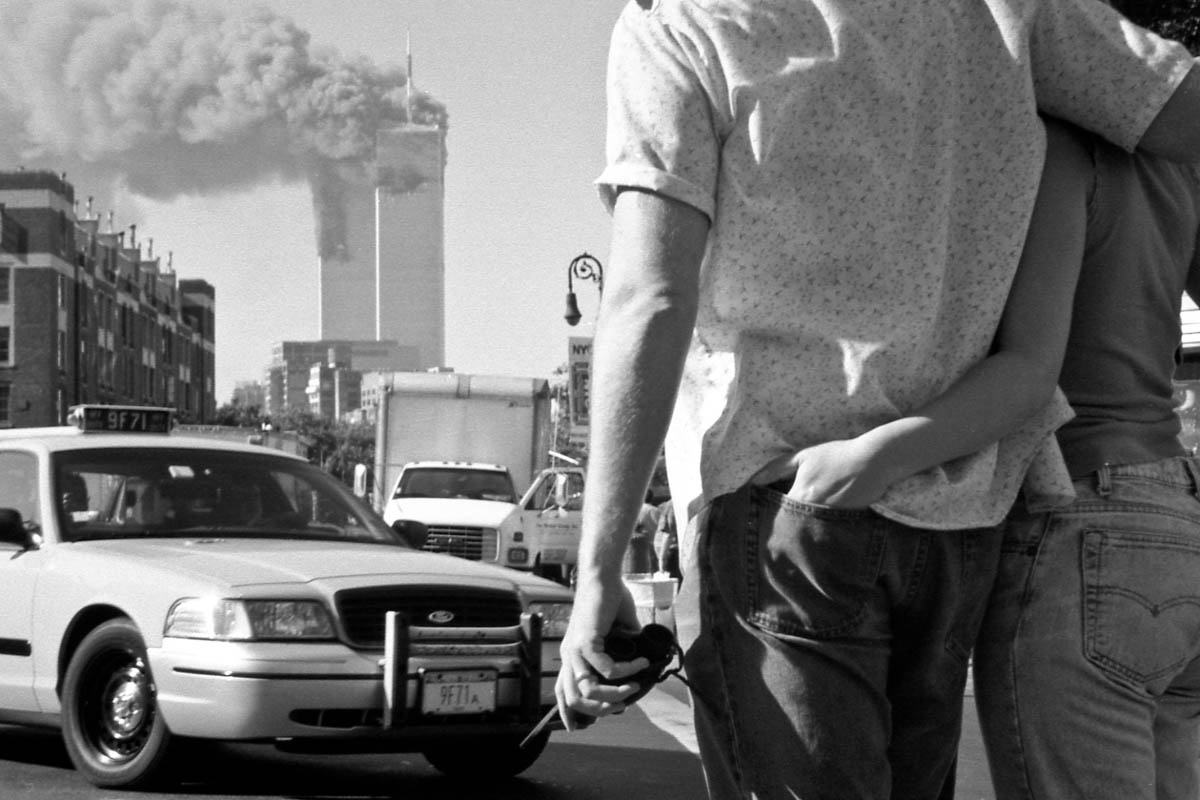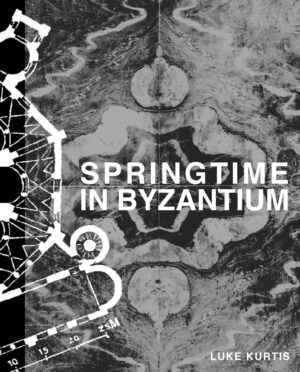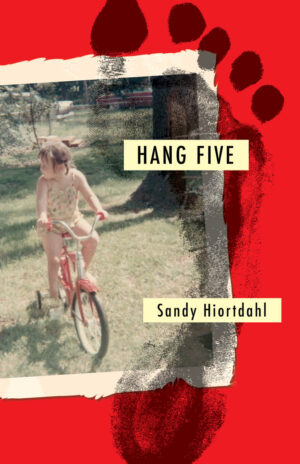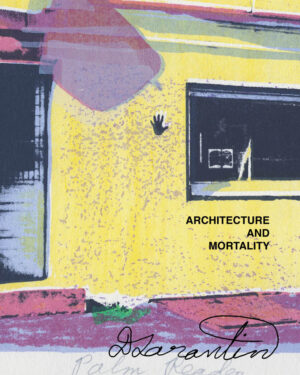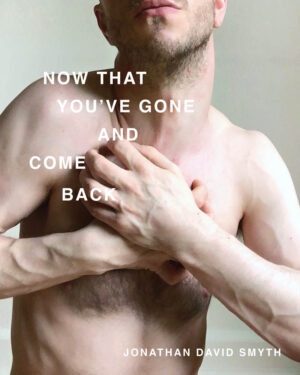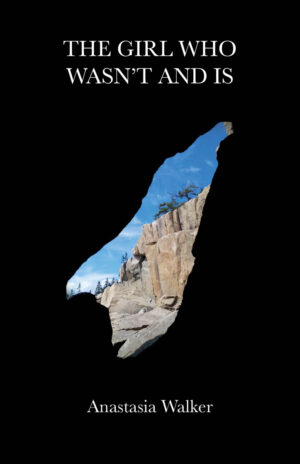Seen & Unseen: The Inner World of Sahkanaga
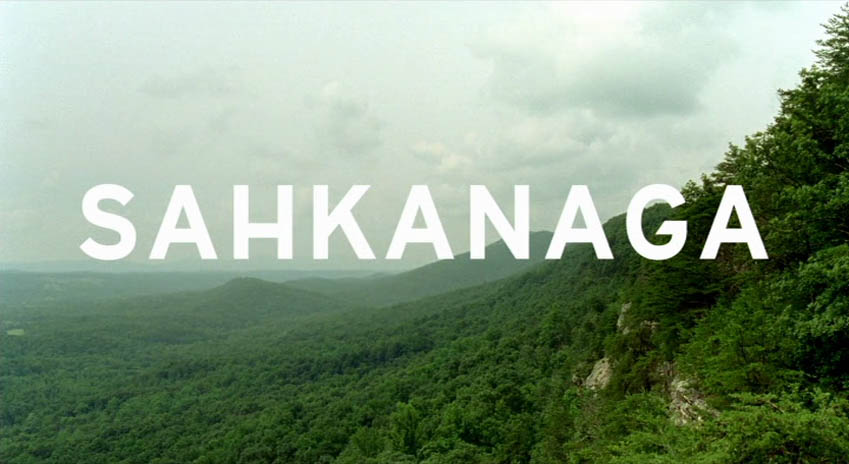
My post here today is a little off-topic from the usual genealogy and local history focus here at Jordan’s Journey. But what I want to talk about is relevant in a roundabout, artistic way.
This past weekend I saw Sahkanaga. Sahkanaga is an unusual film for me to watch. Not because of anything to do with the film itself, but for the fact that I happen to be from the county where it was filmed–and where the Tri-State Crematory tragedy (which the film uses as a backdrop for its coming-of-age story) happened.
I told you this post was a bit off-topic for this blog, but hear me out. I think this will be worth your time.
Sahkanaga was written and directed by John Henry Summerour, also from Walker County. Mr. Summerour is, like me, a Georgian expatriate who moved away to New York City and became an artist. Candidly speaking, I think something about growing up in a place like Walker County makes you want–need–to flee it. In the film, Lyla asks Paul, “Do you like it here?”
“Sometimes I think it’s just a really big hole, you know,” Paul responds. “I’m trapped down here. I just want to scream at the top of my lungs so that someone will hear me, send me a ladder or something, save me and get me out of here, you know.”
Read More
